An oil spill off the Philippine coast has coated some of the world's most beautiful beaches in sludge: 'Our white sand is now black'
James Pasley

- On February 28, a tanker carrying more than 200,000 gallons of oil sank in the Philippines.
- Since then it has been steadily leaking oil into the sea, killing wildlife and impacting the lives of locals.
Two weeks ago, an oil tanker known as the MT Princess Empress sank off the coast of the Philippines. It was carrying more than 200,000 gallons of oil.
Since then, oil has steadily leaked out into the sea, blackening shorelines, killing wildlife, and impacting locals' ability to fish, swim, and live. The spill has now reached Palawan, one of the world's top beach destinations — and it shows no sign of slowing down.
Oil spills are notoriously difficult to clean up, and the technology to do so hasn't developed much since the 1960s.
Here's what's happened so far and why it's so hard to stop.
On February 28, an oil tanker called the MT Princess Empress encountered engine problems while traveling through rough seas. It ended up sinking off the coast of Oriental Mindoro, an island in the Philippines.
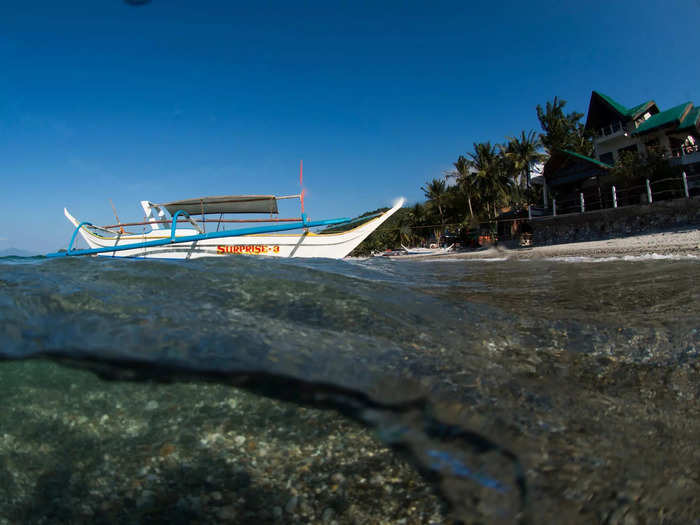
Sources: Reuters, The Guardian
The tanker, which didn't have a permit, was carrying about 211,338 gallons of industrial oil. It's now about 1,200 feet below the ocean surface leaking oil. Experts estimate 1,000 barrels of oil are leaking out every day.
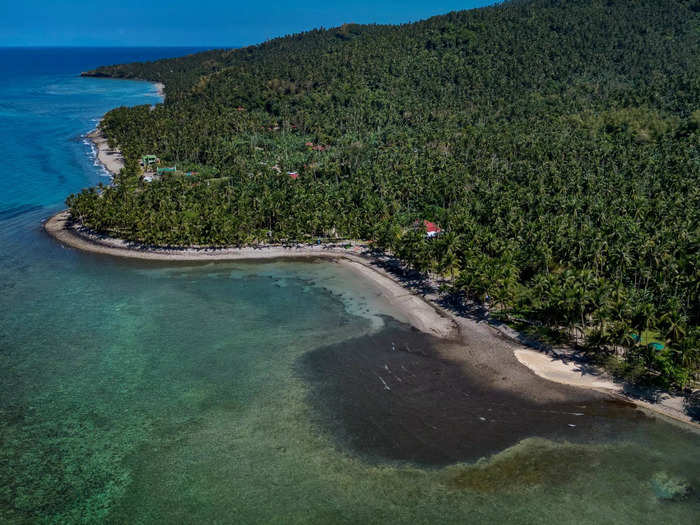
Sources: Reuters, Manila Standard
The spill has already hurt Oriental Mindoro, an island known for its resorts, beautiful beaches, and coral reefs.
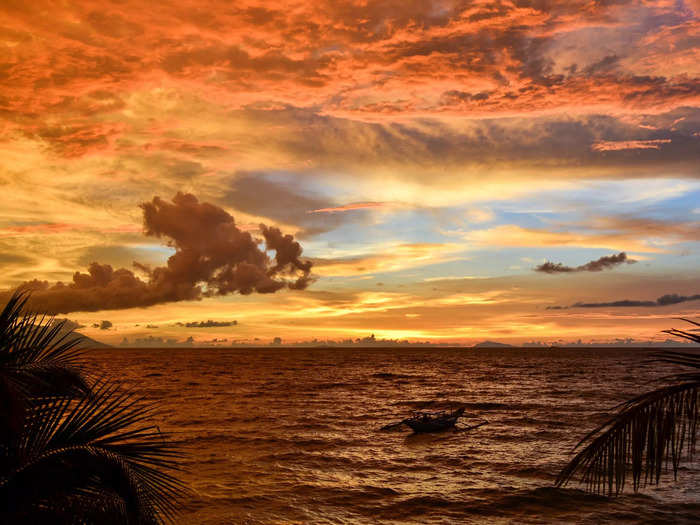
Source: Washington Post
The usually clear blue water that surrounds the island has turned black.
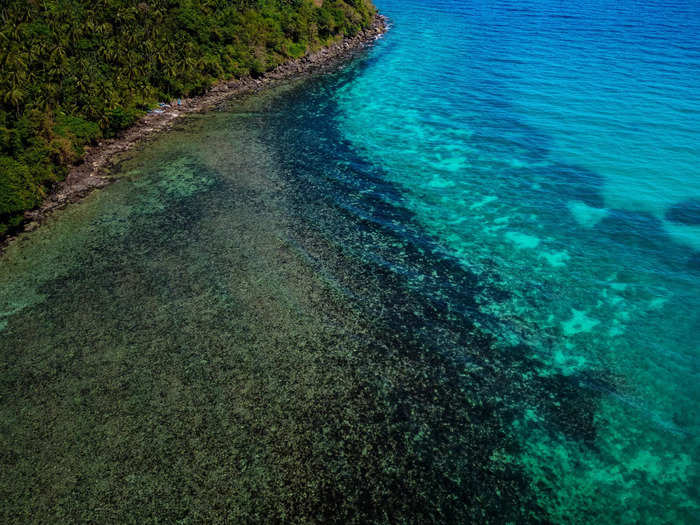
The shoreline has been coated in thick sludge. According to locals, even when the shoreline is cleaned, it becomes dirty again when the tide rises and brings in new oil.
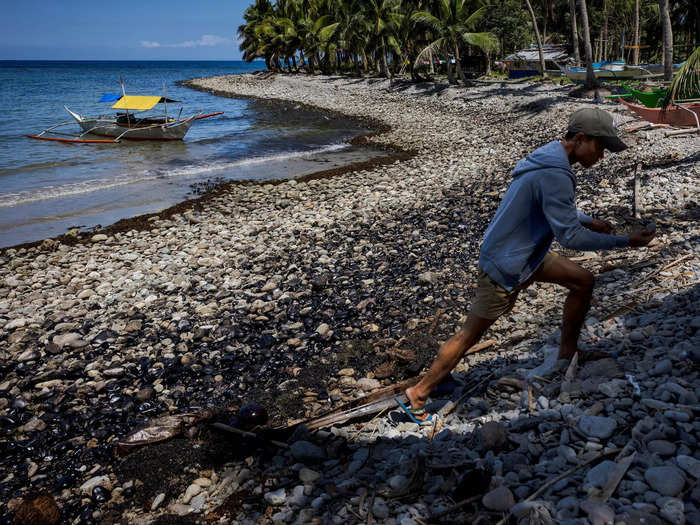
Source: Reuters
Oil is toxic. It kills coral and poisons other sea life, including coating birds' wings so they can't fly. Overall, it has devastating effects on ecosystems and the food chain.
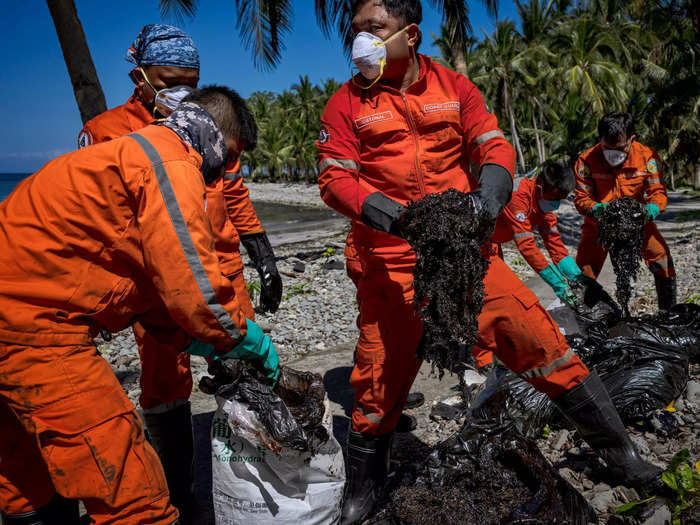
Oil spills are also notoriously difficult to stop. The clean-up has to take into account the oil's rapid spread, as well as tides and winds regularly changing direction.
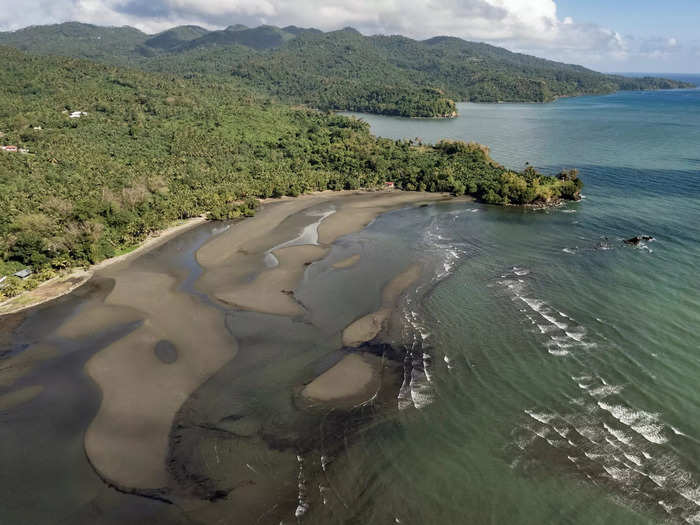
According to Canadian journalist Andrew Nikiforuk, who spent more than 30 years reporting on the impact of fossil fuels, cleaning up oil spills is like operating on an older patient who has cancer.
"Scientists — outside the oil industry — call it 'prime-time theatre' or response theatre," he wrote for Hakai Magazine.
The reality is big spills aren't easily contained, and the technology used for clean-ups hasn't really improved since the 1960s, he wrote.
Sources: Inquirer.Net, Hakai Magazine
For comparison, the clean-up of the Exxon Valdez spill in 1989 — which was carrying 53 million gallons of oil — had $2 billion worth of funding and enlisted 10,000 workers. Only 7% of the spilled oil was recovered.
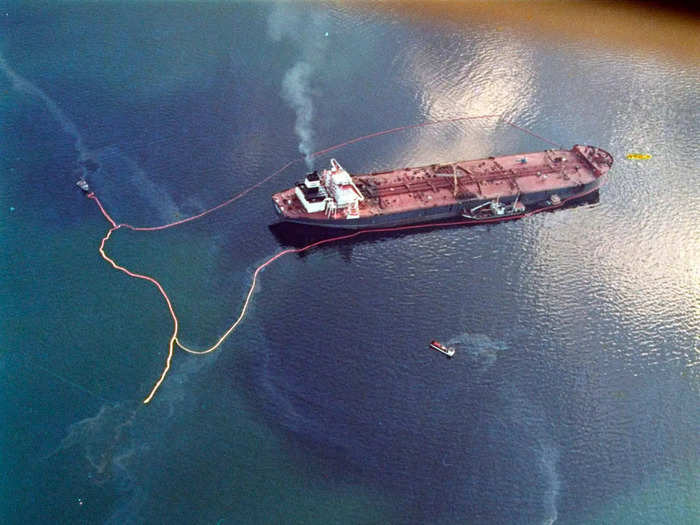
According to Nikiforuk, Transport Canada stated that the maximum that's usually recovered from an open oil spill is 15% of the oil.
Sources: New Republic, Hakai Magazine
The spill in the Philippines has already spread widely, making it difficult to stop. According to Greenpeace Philippines, by March 8, the spill had covered an area as large as 1,000 football fields.
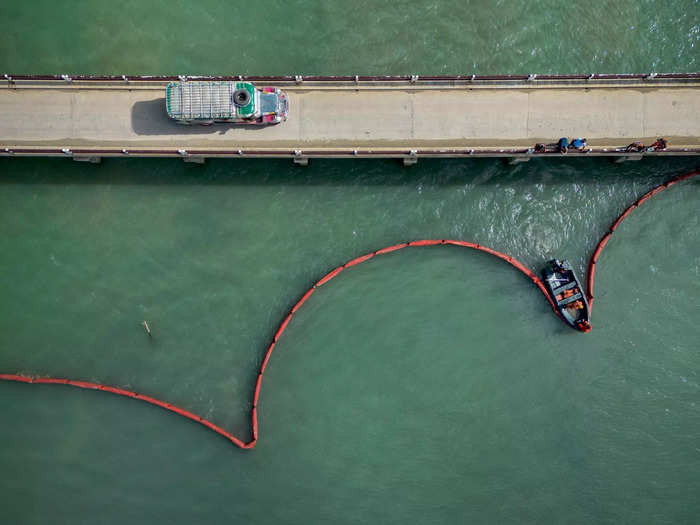
Sources: Bloomberg, Manila Standard
The spill has also leaked into mangrove areas, further complicating the clean-up.
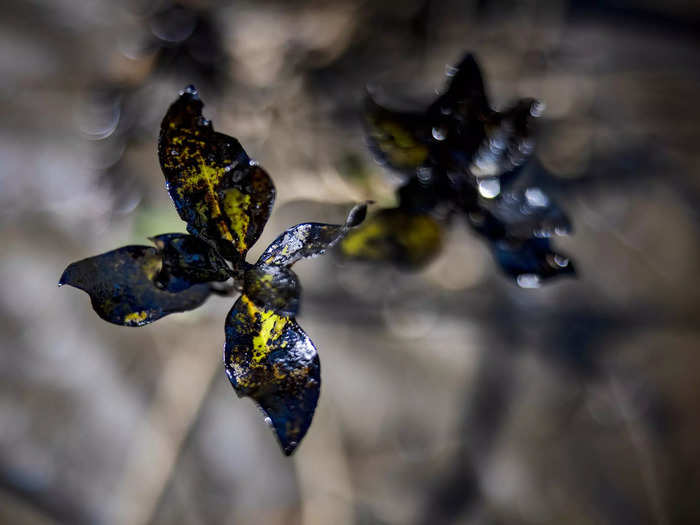
Source: Bloomberg
The clean-up was also slowed down by the fact workers were only allowed to work four-hour days to stop themselves from getting sick from oil exposure.
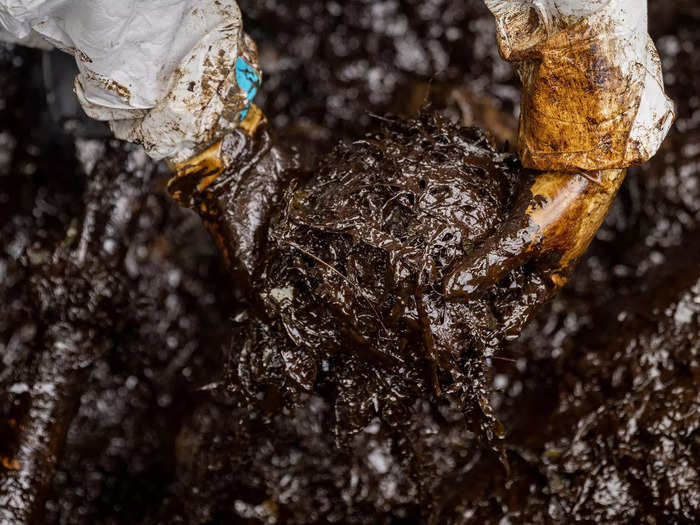
Source: Bloomberg
One of the hardest hit areas is a town called Pola, located on the coast of Oriental Mindoro. Mayor Jennifer Cruz told local Philippines network GMA that "you can see the oil spill in the waves. Fish were dying. Our white sand is now black sand."
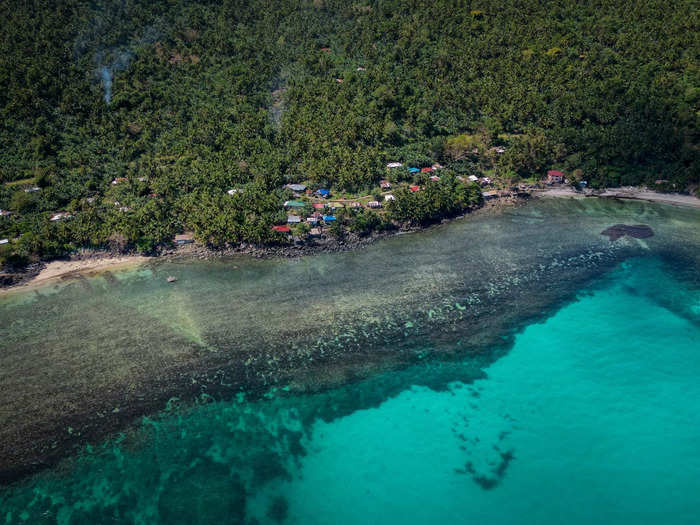
She told CNN Philippines that after nine days, it had only gotten worse.
"The stench from the oil is getting stronger, and the weather is also getting hotter," she said.
Sources: The Guardian, Washington Post
A state of calamity was imposed on more than 70 villages on Oriental Mindoro.
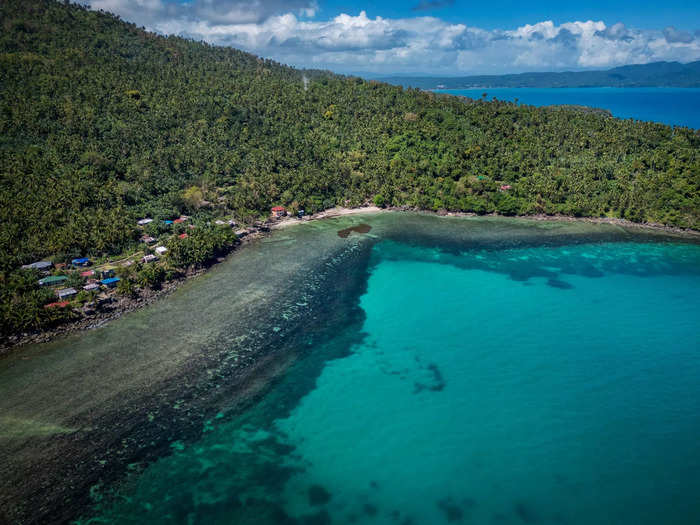
Sources: Time, Inquirer.Net
Experts estimate the oil spill has hurt the livelihoods of 13,600 people who fish for a living, and another 120,000 residents.
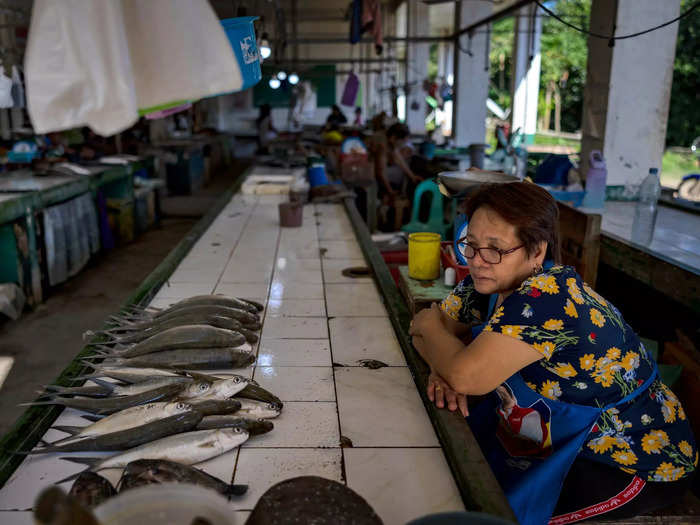
Sources: Time, Inquirer.Net
Residents have also been reacting physically to the sludge. More than a hundred people have reported symptoms, including dizziness, vomiting, and cramps.
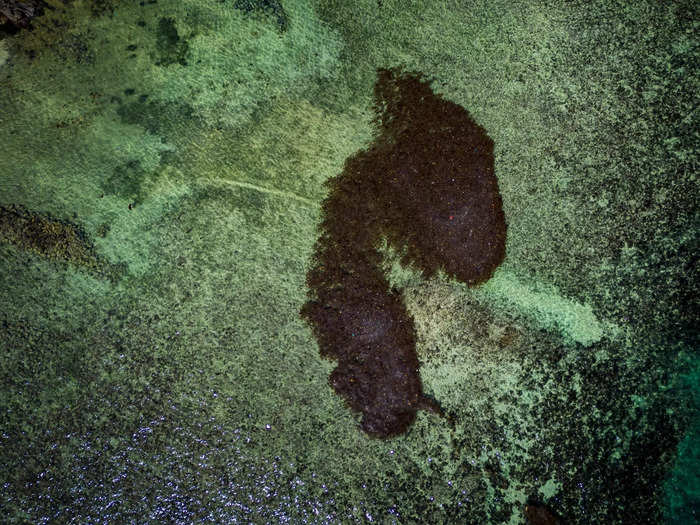
The Philippines government and local residents are doing what they can to contain the spill. The coast guard has deployed booms, which are floating barriers to help stop the oil from spreading.
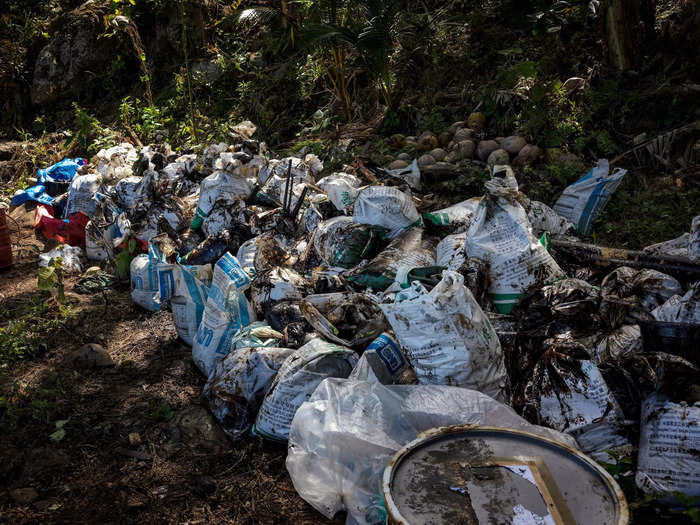
But at a Senate committee meeting, Oriental Mindoro Gov. Humerlito Dolor said the booms were not enough because they were too short to be effective.
They were only 985 feet long when the spill was almost 35 miles long.
He said "the truth is the problem is becoming huge, bigger and bigger every day."
Source: Inquirer.Net
Locals have been collecting bottles, old clothes, and even hair from barbershops to soak up the oil. Hair is an adsorbent material, meaning it gets coated by oil, and unlike sponge or cotton, it doesn't swell up.
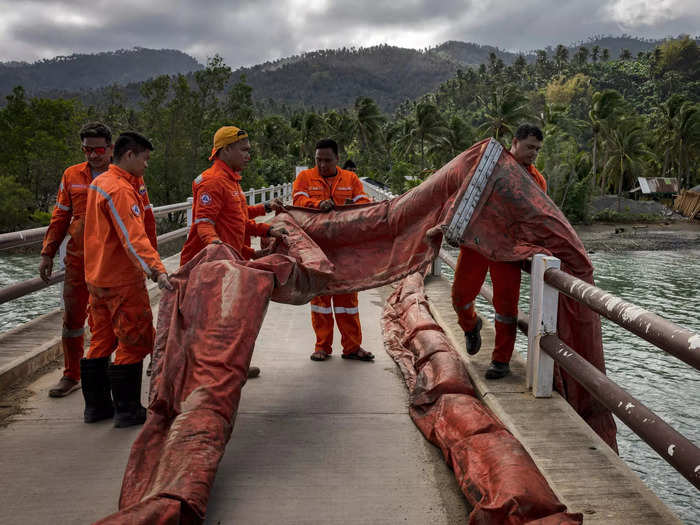
Source: Time
But booms and hair can only do so much and resources are an issue. At times, locals have been forced to use rice sacks to bag oil slick because there's not much else.
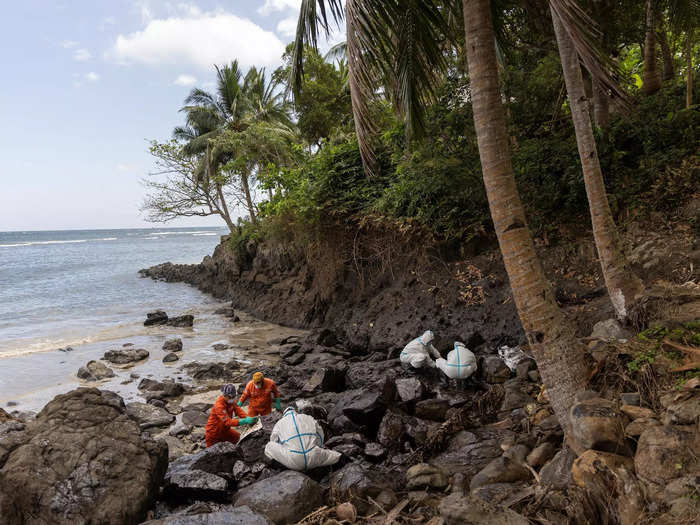
Source: CNN Philippines
By March 10, the spill had reached the northeastern edge of Palawan, a series of islands known for their world famous beaches and dubbed by UNESCO as the Philippines' "last ecological frontier."
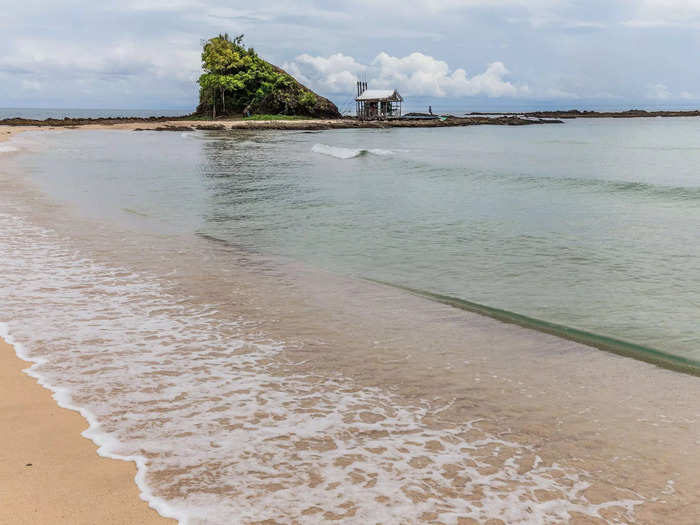
Sources: CNN Philippines, Time
Locals fear El Nido, a popular tourist destination known for its coral reef diving, will be next and have been preparing as best they can.
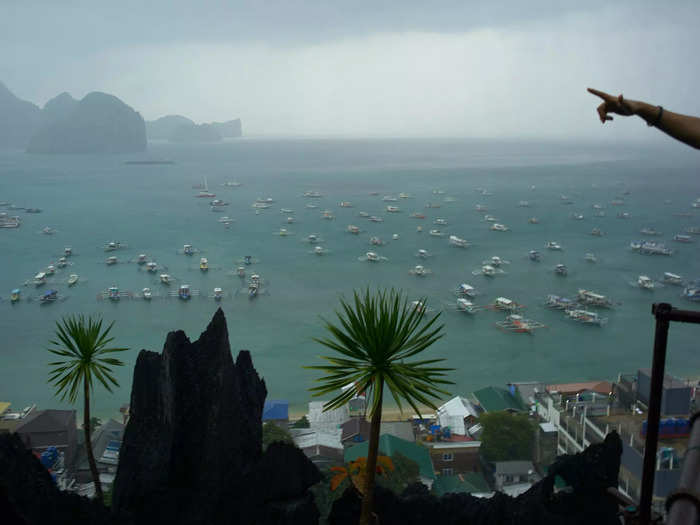
Source: Bloomberg
Marine scientists at the University of the Philippines are warning the oil spill could also reach the Verde Island Passage, one of the world's most diverse marine areas — home to manta rays, hawksbill turtles, and whale sharks.
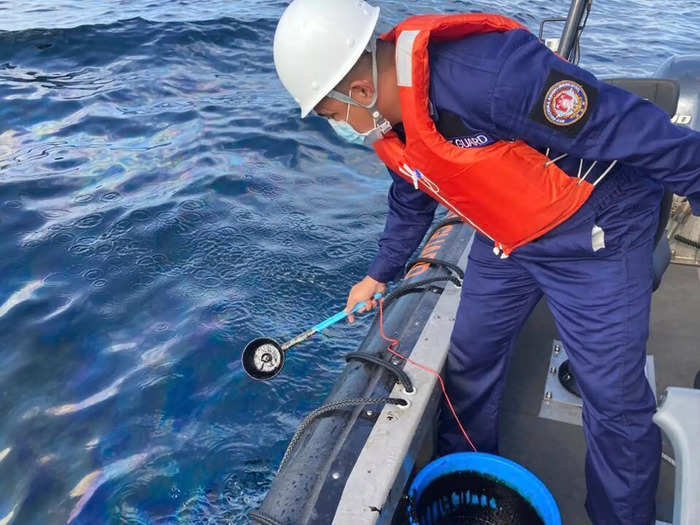
While the Philippine Marine Science Institute has estimated 36,000 hectares of mangroves and coral reefs could be hurt by the spill.
Sources: Reuters, Straits Times, Washington Post
The Japanese government has pledged to help with the clean-up, but there's no quick solution. The Philippines government has estimated it will take at least three months to clean up the waters.

Sources: Bloomberg, CNN Philippines
The Philippines has dealt with oil spills before. In 2006, a tanker sank off the coast of another island called Guimaras and spilled about 109,000 gallons of oil into the ocean. It was the worst spill in the country’s history.
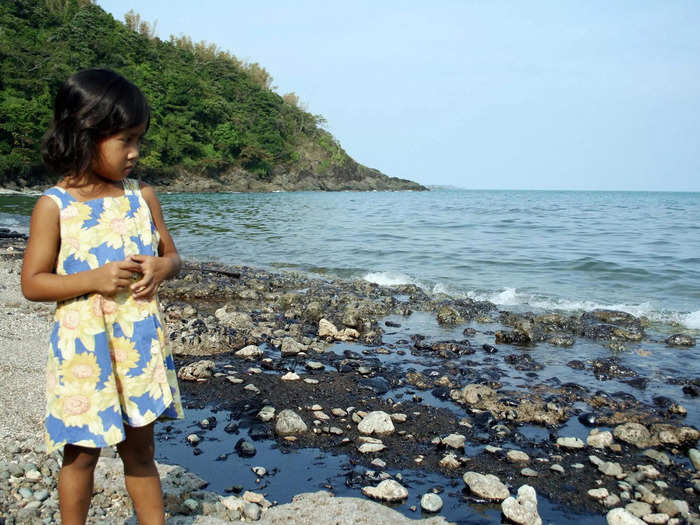
Source: Manila Standard
But, according to Greenpeace Philippines, this spill could end up being the worst the country has ever faced.
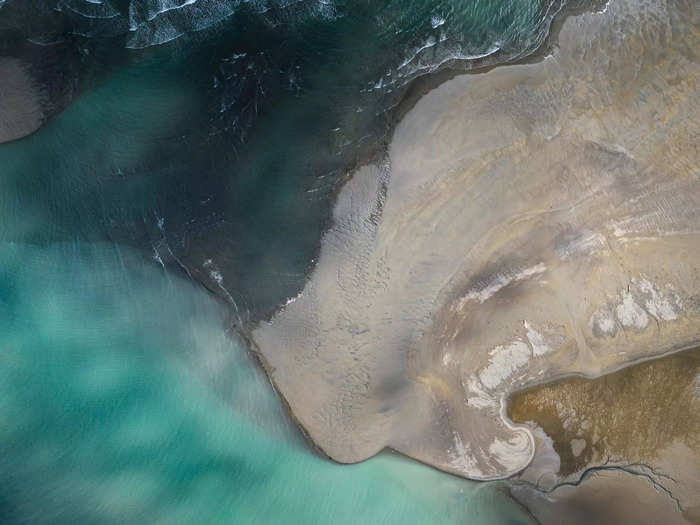
Source: Manila Standard
Popular Right Now
Advertisement